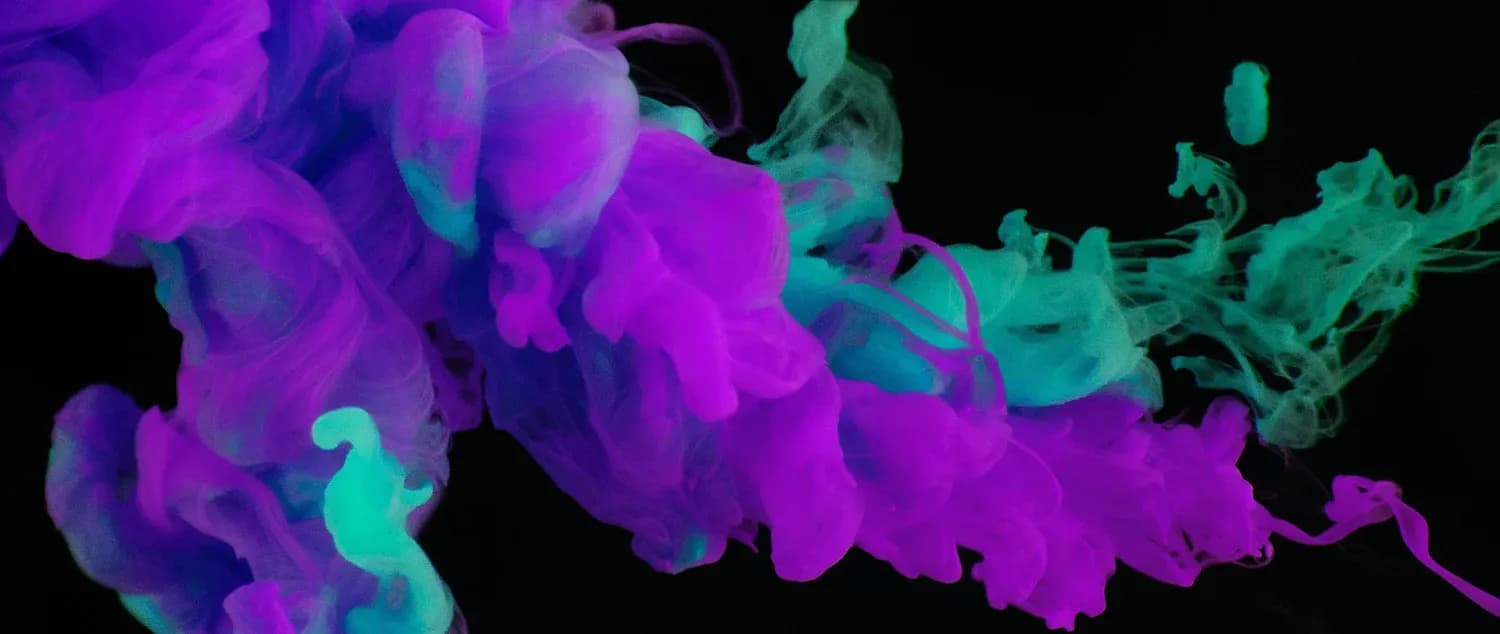
Wrapping a macOS Component Package into a Distribution Package
A Python script to convert macOS component packages into distribution packages, making them compatible with MDM solutions like Jamf School.

A Python script to convert macOS component packages into distribution packages, making them compatible with MDM solutions like Jamf School.

A comprehensive solution for deploying printers via MDM that addresses the limitations of standard configuration profiles, providing automated installation, removal, and customization capabilities.

A step-by-step guide to recovering forgotten WAN service passwords from router configuration backup files, specifically for Billion routers.

Explains how macOS share permissions don’t automatically apply to new files or folders, and how to use ACL inheritance so permissions propagate correctly.

Introduces the tree command for visualising directory hierarchies in the terminal, and walks through installation methods and useful options. It helps users generate structured views of files and folders efficiently.

Explains how the Apple Lightning to USB 3 Camera Adapter enables direct photo import to iPhones/iPads, including tips to resolve power issues and limitations with video formats.

Useful Raspberry Pi tips and tricks from flashing images to enabling headless Wi-Fi setup, to help users get more from their device. It also highlights practical project ideas like using Pi-hole and digital signage.

Dock Composer is a native macOS app that makes building and deploying custom Docks simple and powerful. Unlike MDMs, it supports home-relative paths, non-installed apps, network shares, websites, and removable Dock items — all with a one-time purchase, no subscriptions.

A detailed guide to Munki 2, covering repository structure, client configuration, importing software, manifests, troubleshooting, and practical tips for Mac software deployment.

Outlines how to configure DeployStudio to separate macOS system files and user data onto distinct partitions. This approach streamlines system reimaging by preserving user data and simplifies upgrades or restores.

A step-by-step guide to creating a never-booted macOS SOE image using AutoDMG.

A script designed to capture packages (pkg files).

A guide on using DeployStudio with rsync to efficiently back up and restore user data.

Apple's Out-of-Warranty Service allows replacement of damaged iPads or iPhones at a reduced cost.

A guide for recoverying from Disk Utility disk failure issues.

The blog post introduces Munki, an open-source macOS software deployment tool that enables IT administrators to efficiently manage software installations across multiple Macs.

A PHP script to generate Apple Remote Desktop (ARD) Mac import list files.

A comprehensive guide for deploying Apple TVs with AirPlay Mirroring in educational and corporate environments.

Covers the main ways to install and uninstall Mac apps, including the Mac App Store, DMG files, and installer packages.
![[SOLVED] "This copy of the Install OS X Mavericks application can't be verified. It may have been corrupted or tampered with during downloading."](/_next/image?url=%2Fimages%2Fblog%2Fmavericks-verify%2Fmavericks-verify-error.png&w=3840&q=75)
Solution to the ‘Application can’t be verified’ error when installing OS X Mavericks, usually caused by an incorrect system date.

Provides a step-by-step guide to creating a bootable macOS USB installer using Terminal commands. It includes instructions for various macOS versions, without third party tools.